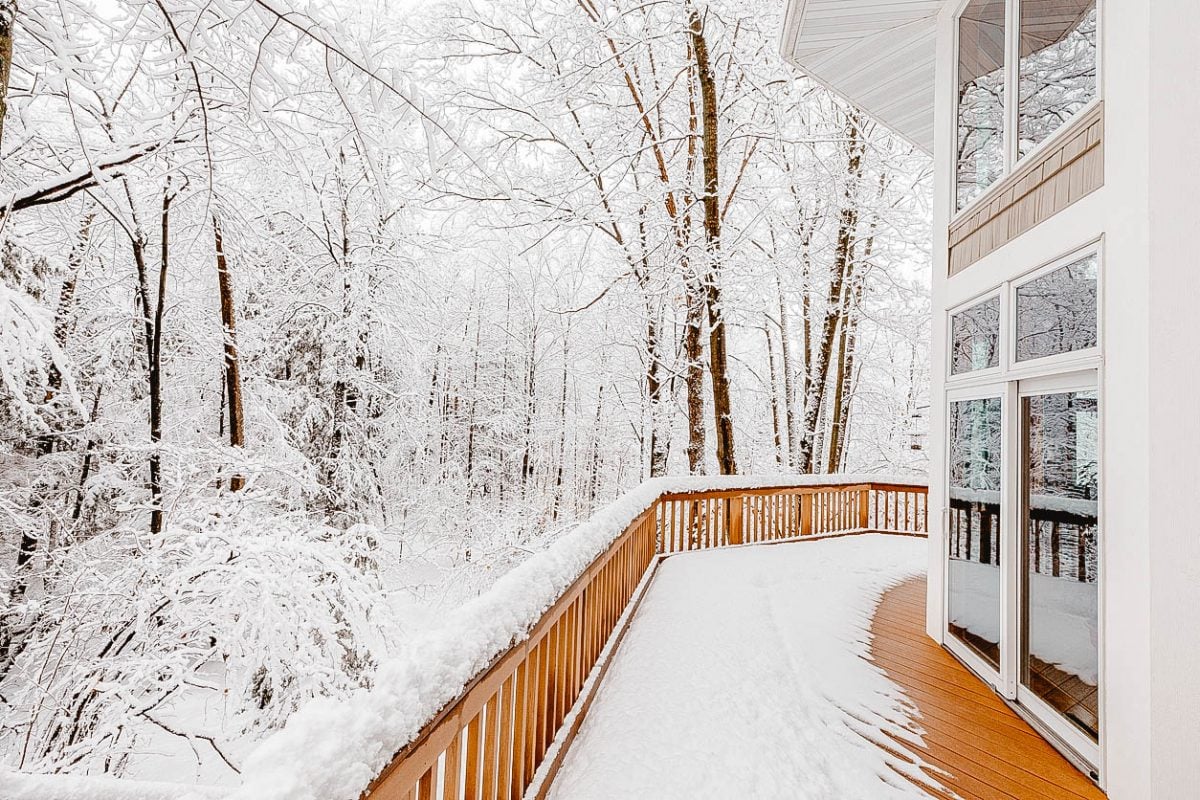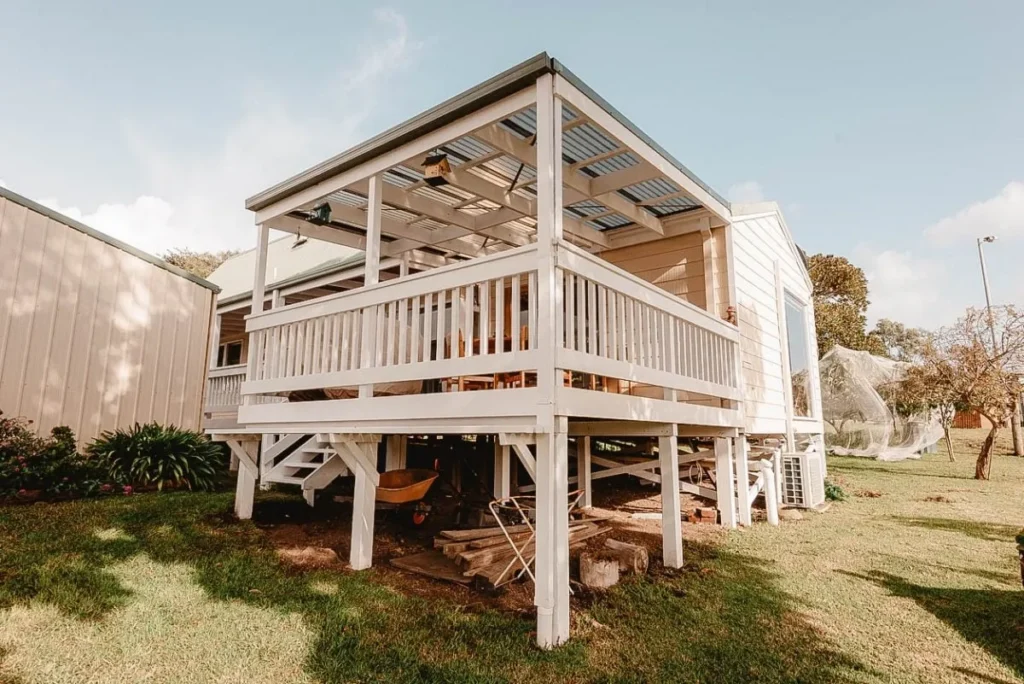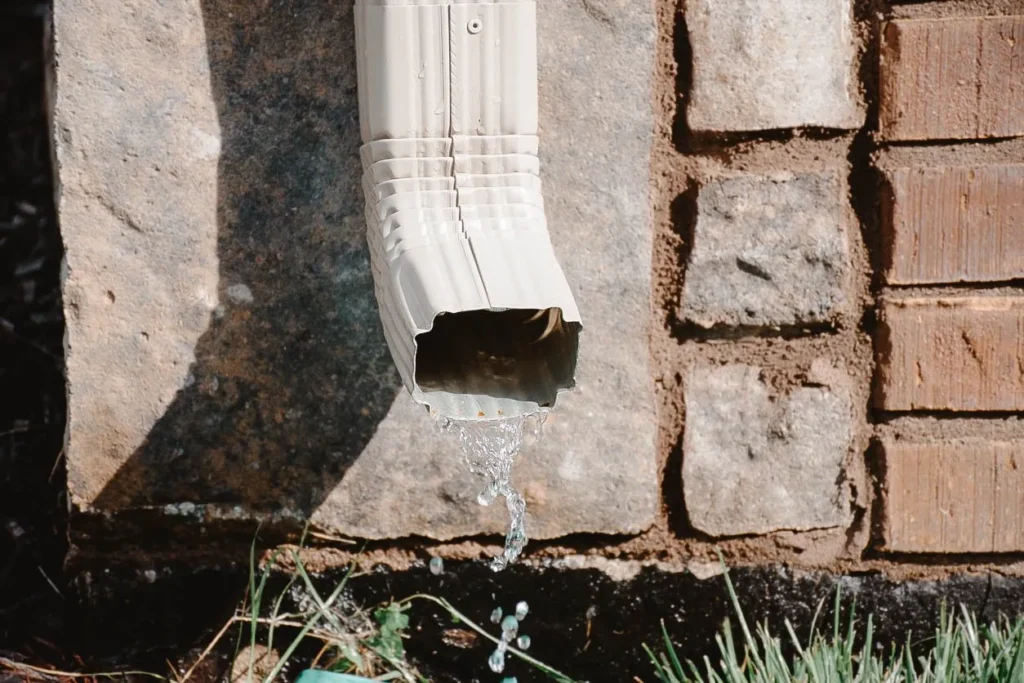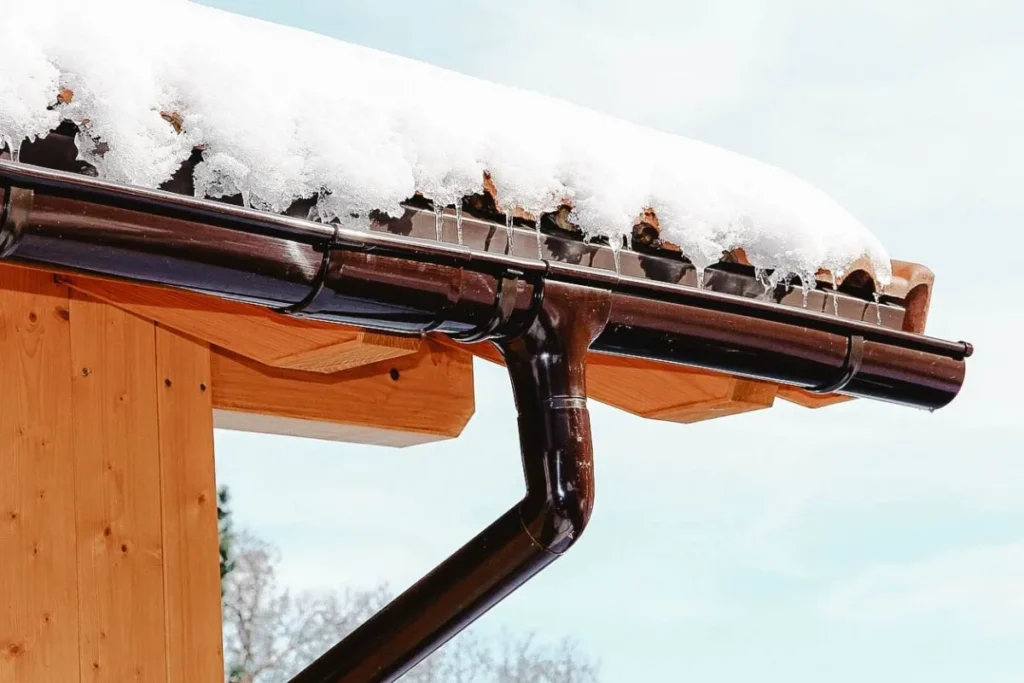Product
How to winterize your yard to protect screw piles
Protect your yard and its structures during winter with our expert tips. Learn how to avoid common mistakes like overloading decks, improper storage, and poor drainage that can damage screw piles. Ensure your yard is ready for winter with our comprehensive guide.

Winterizing your yard is crucial to maintaining the structural integrity of your home. Properly managing storage, weight distribution, and water drainage can help prevent damage to your screw piles. Below are essential tips on how to winterize your yard effectively and ensure the longevity of your pile-supported structures.
Be careful with storage under structures
Storing items under your deck or patio might seem like a practical solution to protect them from the elements. However, did you know that improper storage under these structures can weaken them? Objects placed underneath can shift with the freeze-thaw cycles, affecting the stability of your screw piles.
Why storage under decks can be problematic
When items are stored under your deck, they can move due to the natural expansion and contraction of the ground during winter. This movement can be transferred to your deck, neutralizing the technology of your screw piles and causing potential damage.
Solution: Maintain proper clearance
To avoid structural weakening, ensure there is at least a 3-inch gap between stored objects and your deck or patio. This clearance prevents unwanted pressure and movement from being transferred to the structure.

Avoid Overloading Your Structures
Exceeding the maximum weight capacity of your deck or shed is a common mistake that can have serious consequences. It’s essential to understand the weight limits of your screw piles to avoid overburdening them.
Identifying Weight Limits
The maximum weight capacity of your piles depends on various factors, including your specific needs and local soil conditions. Overloading can lead to foundation weakening, especially if you plan to store heavy items like spas, lawn tractors, or large furniture.
Solution: Assess Your Load
Ensure you do not exceed your structure’s weight capacity by considering all potential loads, including snow accumulation. Consult with a professional to determine your specific weight limits and plan accordingly.
Prevent Water Accumulation Around Piles
Water accumulation is another significant factor that can affect the strength of your screw piles. Although piles are installed below the frost line, their strength also relies on the soil’s density around them.
How Water Accumulation Affects Piles
When water collects around the base of your piles, it can decrease soil density, leading to reduced pile strength. This issue is often caused by poor drainage or misdirected gutter downspouts.
Solution: Ensure Proper Drainage
- Maintain a Positive Slope: Make sure the ground slopes away from your piles to prevent water from pooling.
- Inspect Gutter Downspouts: Ensure your gutters are directing water away from the foundation. Regularly clean them to avoid blockages that can lead to overflow.

Tips for Winter Yard Maintenance
- Clean Gutters Before Winter: Remove leaves and debris to prevent blockages and ensure proper water flow.
- Check for Soil Erosion: Look for areas where soil may have eroded, and refill them to maintain a consistent slope.
- Consider Professional Inspection: Have your pile-supported structures inspected by a certified professional to identify any potential issues before they become significant problems.



